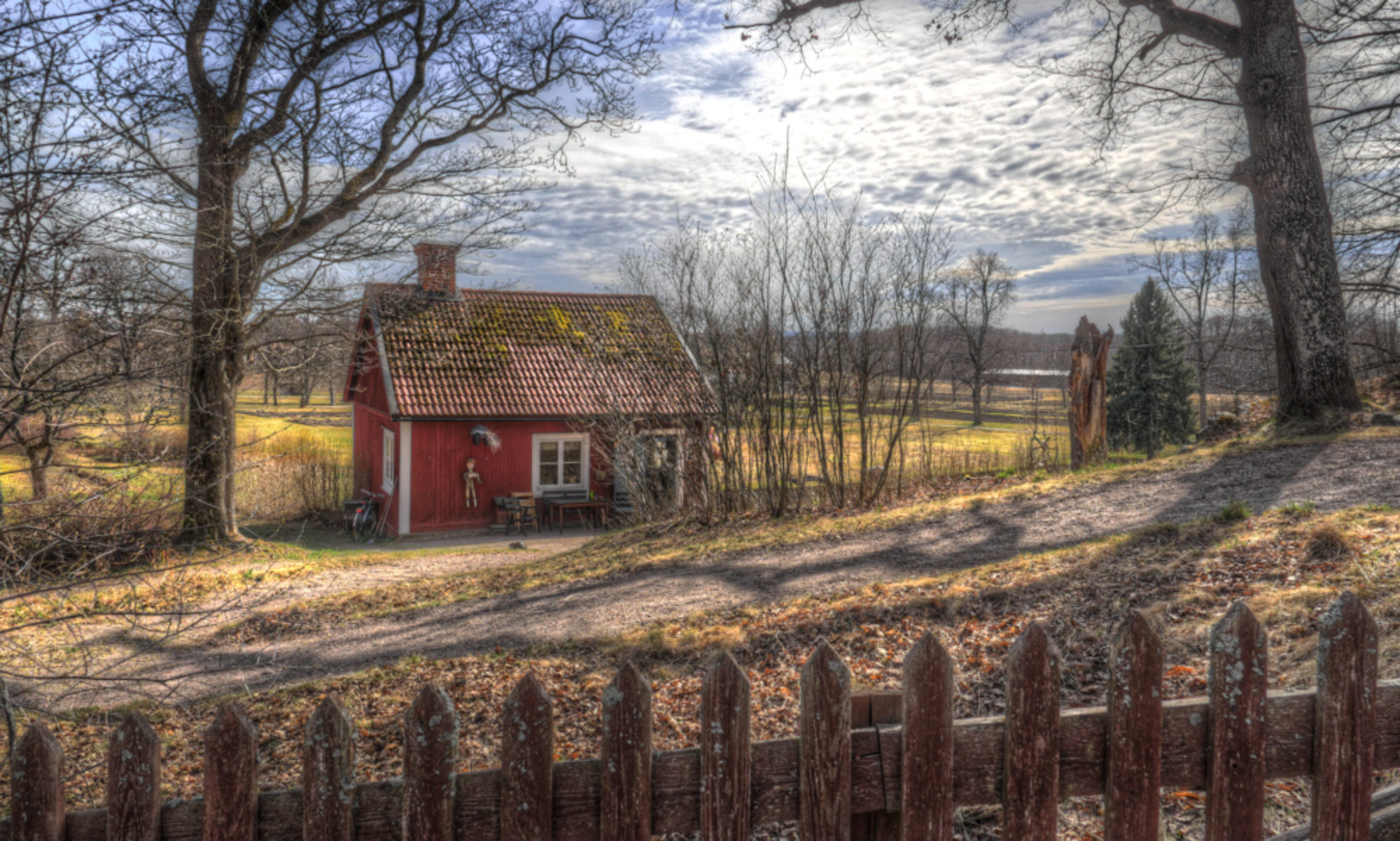I’ve taken up a new hobby in which I can utilize my speck of creativity and natural talent for following instructions. I am such a renaissance man! In honesty I’m more like the guy who got paid a tiny amount to grind the pigment that was mixed with others by a paint maker who the supplied some illustrious Italian master.
The hobby mentioned above is marbling paper. Marbled end-sheets are something I’ve always loved seeing when perusing an old book. The patterns always seemed to be works of ordered randomness with sweep and coloration that are most pleasing. A month or so ago I was at a hotel where an artisan conference had a room where people were selling their wares. One woman marbled not just paper but fabric and leather and I found my love for it hadn’t diminished.
After that I went home and looked up marbling on the web like any good resident of the 21st century would. The process didn’t seem to involve any skills I don’t have like drawing, painting, or imagination. That’s not to say people with those qualifications don’t make excellent marbled papers but just that I could probably put together something that didn’t offend. The next step was to get the supplies and being who I am the research took several hours. I peered at many sites and compared prices and inventory. In the end I got a starter kit from Galen Berry who is a well-known marbler in the United States. I picked out the paint colors I wanted and zipped off an email. Due to the cold weather they didn’t want to ship the stuff until the thermometer took an upward stretch so I had to wait a week or so. Despite the hesitation it arrived the day after a major snow storm which meant that my snow day could be filled with learning how to work this magic.
I’m not going to bore you too much with a history of marbled paper (and other substrates) but I will throw a few facts in here. It began with a process called suminagashi in China over 2,000 years ago but is associated with Japan since it was practiced widely there. The technique traveled the silk trade routes and eventually landed in Turkey. This brought forth the kind of patterns we most often think of when visualizing marbling but the Turkish art of Ebru is far more than that and is worth taking a look at. The video below shows an artist creating some of these works.
httpv://www.youtube.com/watch?v=jgg0GIfbszg
Eventually the technique migrated to Europe in the 17th century when travelers were exposed to both the process and the end result. Artisans guarded their techniques but late in the mid-19th century a book was published laying out the process for all to see.
While on the topic of the process it’s really deceptively simple. Paint or ink is floated on top of a liquid and then are manipulated using tools to make the patterns. In my case I use acrylic paints applied to a thickened pool of water. The thickening is accomplished using carrageenan which is the stuff that also is used to make foods goopy. The inks are applied in several ways with brushes made out of broom straw (actually, they are shaken and don’t touch the liquid) or eye droppers. After that there is a bevy of tools to rake, comb, curl, and speckle until you get a design you love.
Below are a few pictures from one of my sessions just to give you a rough idea of a few steps in the process. I’ve been having fun and hope to improve my skills with time.




